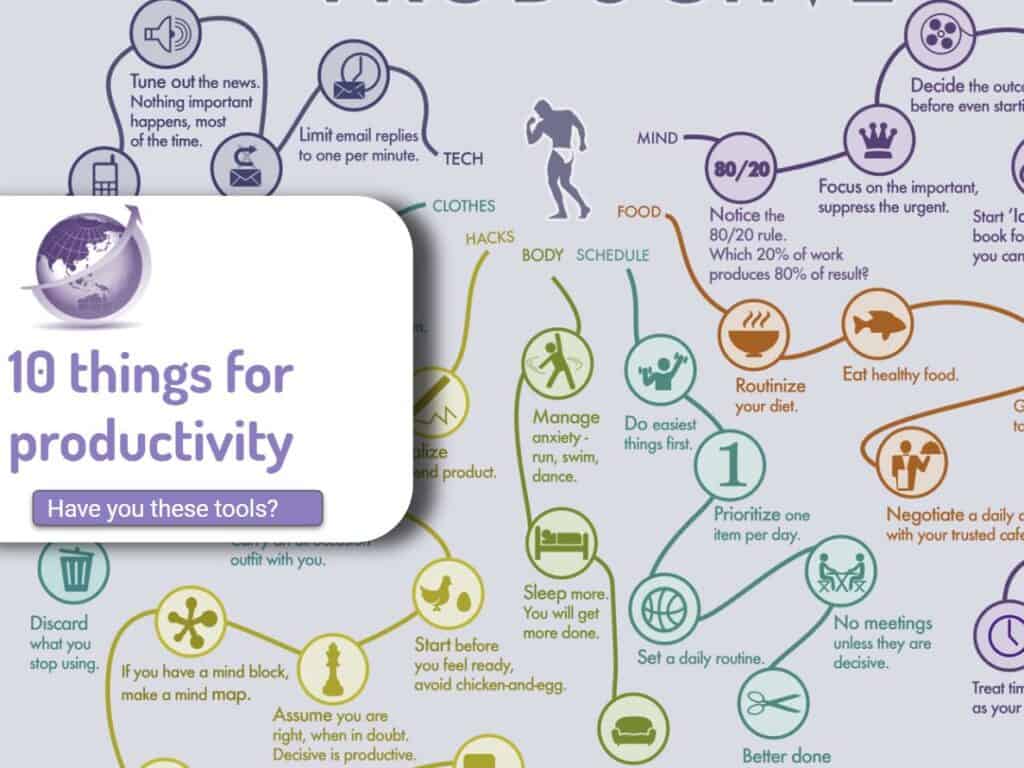5G explained in simple terms is pretty tricky. When talking with my brother-in-law I laid out 3 things you need to comprehend to understand the furore about 5G. Some things are just terminology. But why do anti-vaxxers have a view, why conspiracy theorists, or anti government or anti-Chinese brigade take up the fight. So I will try to simplify this, but like most simplifications, I may make it too simple and loose some of the complexity or gloss over something others think are important. Here goes.
- 5G – Modern Complex Physics for Communication
- 5G – The electro magnetic wave spectrum associated
- 5G – Manufacturers and Politics.
1. 5G – Modern Data Communications
About every 10 years we get a new communications “protocol” for data communications. Back in the days when mobile phones looked like bricks, we used a wireless communication protocol called 2G. Ten years later in 2000 to 2010 we used 3G. And for the past 10 years it has been 4G. Over the past 5 years, technology companies have been developing 5G or fifth generation. This is really clever physics involved and that is why global industry is excited due to some of the technical features.
- 2G was really only voice calls
- 3G included data, and it was pretty slow when it first came out. Think Apple Phone in 2007 or Google phones and suddenly you could send photos
- When 4G came out in 2015, speeds improved, and now it has improved to video or more.
- 5G promises fibre type speeds

Data speed Bottom Line
The challenge with radio waves and capacity is that radio waves have a finite capacity. The really clever physics is that the engineers can stuff more data for a constrained throughput. Imagine a 50mm pipe. With 4G you can only get 2 litres per second of water flowing through. What the engineers have managed to do is have 100 litres per second. Smart eh.
Data Management Changes
5G is not just speed. The higher throughput is the physics of how the data is packaged up and transmitted.
There are 2 other key technology improvements
- Latency: This is how long (milliseconds) it takes for the data to go around-trip. Ultimatedly electromagnetic speed is the speed of light. (Unless somehow we get to “Warp speed”. Beam me up Scotty! But don’t let science fiction get in the way.) Most computer networks and data communications now take may 20ms or more unless you are on fibre and it is down close to the speed of light and so latency maybe down at 1 or 2 milliseconds. But with 5G this will approach that 1 or 2 milliseconds and that is really important in lots of situations. Imagine you are controlling a mining dump truck 4,000 km away and it takes 40 milliseconds to send a command and get a return. What if that was only 1. Like trying to have a Zoom call at 4pm with full Netflix demand. So laggy, you give up in disgust.
- Network Control: 5G systems bring the ability to control the network centrally. In the past, a 2G tower was expensive and all the computing was at the tower. That has changed, but there is still much more ability with 5G than with 4G. You can manage the whole network back in the data center. It’s complex, but this is really important from a management of the network.
Contribution to Ignorance
Speed issues are not generally raised as issues. But the 2 issues:
- If you have lots at data, you need to have lots of transmission sites as radio waves are limited in their capacity. So people are antsy about towers every 250 meters or on every powerpole.
- All this data can be controlled from a central place. So that puts the spotlight on who makes the central control system, and who has access to private information.
2. 5G Electromagnetic Spectrum
Some make a mistake that the 5G is about spectrum. If you have a WIFI router we may know about 5G – but this is a 5Giga hert spectrum that wifi uses. It is not about 5G at all.
Electromagnetic spectrum is everywhere. Here is a simple graph of the spectrum we live with every day and we talk about wavelength, and frequency. Long wavelengths are the inverse of frequency. Generally, we don’t get too fussed with long wavelengths, (low frequency) and we don’t fuss over the visible spectrum but we don’t like gamma waves as they are part of the ionizing radiation and our DNA does not like ionizing radiation..

But if we look more closely at this then the key spectrum to look at is the area of radiation that cell phones / TV / AM / FM broadcast it. These are controlled by different countries. It is non-ionizing and in this “Radio Frequency spectrum” of about 3kHz to 3GZ. Remember that frequency is inverse to wavelength.

What Are The Mobile Phone Frequencies
Here is where the 5G gets complex. Existing Telephone Companies have purchased “spectrum” or a bit of the whole spectrum for their commercial use. With 5G the Government opened up a section of the spectrum that was not used. It is called the millimeter spectrum. So in the cellphone and microwave section. Not in the ionizing radiation spectrum.

Concern About Electromagnetic Radiation
The biggest concern is that one of the frequencies that this new 5G physics data communication will run on is this “millimeter spectrum”. Why? This wavelength is not used in 3g/4G spectrum and this spectrum has been opened up to be used.
In this short wavelength band, the 5G signal gets degraded by water or rain. Humans are mostly water. Therefore humans must be adsorbing electromagnetic radiation. Therefore bad. That’s how it is portrayed.

This is fear mongering at its worse.
Checkout an ABC article here
The 5G radiation is so much weaker: a 5G cell transmits at 46 dBm the most, which is 40 Watts. And you hardly get closer than 100m to the antenna, which brings down the energy your body feels by a factor of 10,000 to the milliwatt range.
Your microwave oven generates microwave radiation of 600 W at least; most of that stays inside, but be sure that there is some leakage. And you get very close to the device. So Microwave Oven is “worse” for your body in terms of absorbed radiation than 5G.
But like many things – no one knows. The evidence is just not there. Does microwave energy cause cell damage and eventually human cell damage?
3. Who Manufactures 5G
There are a few key technology companies that have this fancy physics, and the computer chips and the software systems. They include:
Nine companies sell 5G radio hardware and 5G systems for carriers: Altiostar, Cisco Systems, Datang Telecom/Fiberhome, Ericsson, Huawei, Nokia, Qualcomm, Samsung, and ZTE (Wikipedia) The most advanced is Huawei, and as a Chinese company some countries figure they are not secure.
Some Countries Distrust Huawei
Remember that previously, 5G is different to 4G in that the network management is much more centralised. Therefore there is a risk that Huawei may put some chips or code into their systems and could send that data back to China.
That’s the reason why some countries including USA have banned Huawei from installing core network systems.

Reference Material
5Gmm Wave
- 5G mmWave – 5G using millimeter spectrum.
- This millimetre 5G is between 30 gigahertz (Ghz) and 300 Ghz and probably be at the 28/29GHz in Australia. It is wedged between microwave and infrared.
- Today’s wireless networks have run into a problem: More people and devices are consuming more data than ever before, but it remains crammed on the same bands of the radio-frequency spectrum that mobile providers have always used. That means less bandwidth for everyone, causing slower service and more dropped connections. One way to get around that problem is to simply transmit signals on a whole new swath of the spectrum, one that’s never been used for mobile service before. That’s why providers are experimenting with broadcasting on millimeter waves, which use higher frequencies than the radio waves that have long been used for mobile phones.
- A major difficulty is they are easily blocked, so no trees, and no rain. Additionally, expect to see consumer resistance to increased RF.
- Millimetre-wave 5G will require cellphone towers to be every 250m – so needing substantial investment. Expect to see these in factories, shopping centres and sports stadiums. Or possibly at SunCentral on posts. Have to build up backhaul and this may be 5G point or fibre.
- Not relevant technology for some time and unlikely for the Coast.
5G in Australia
- 3.6GHz Frequency for Australia
- Australia’s 5G in the “3.6GHz” auction saw a total of 350 spectrum lots offered for sale in six metropolitan and eight regional areas in the 3575-3700 MHz frequency range and valid from March 2020 to 2030. Telstra successfully bid for 143 spectrum lots worth $386 million, the joint venture between TPG and VHA acquired 131 lots for $263.3 million, Optus acquired 47 lots for $185.1 million and Dense Air Australia acquired 29 lots for $18.5 million.
- The cost of 5G spectrum in Regional Northern NSW/Southern Queensland was $7,998,800 for 5MHz lots. Telstra purchased 10, Optus 7, and Mobile Air JV 8. Dense Air purchased none.
- This means that 5G will be a premium service if using carrier spectrum.
Free Spectrum 5 GHz Band Opportunity
The 5GHz spectrum (not to be confused with 5G technology) is as below. There are 5G equipment manufacturers who are looking to use this spectrum for fixed wireless point to multi-point transmission. Their field trials (and launch in 2020) will use 5GHz and there are only a few bands that will not be congested. Most vendors have released phones in the bands they have purchased. i.e. regulated spectrum.
Why use this spectrum? Because the provider does not need to purchase expensive spectrum and then on- charge that spectrum.
5MHz wifi is stopped by trees and buildings like the case with existing radio transmissions but with 5MHz 5G trials have shown that unlike wifi, waveforming reduces or even permits distances of up to 5 km and no reduction with line of sight interference.








